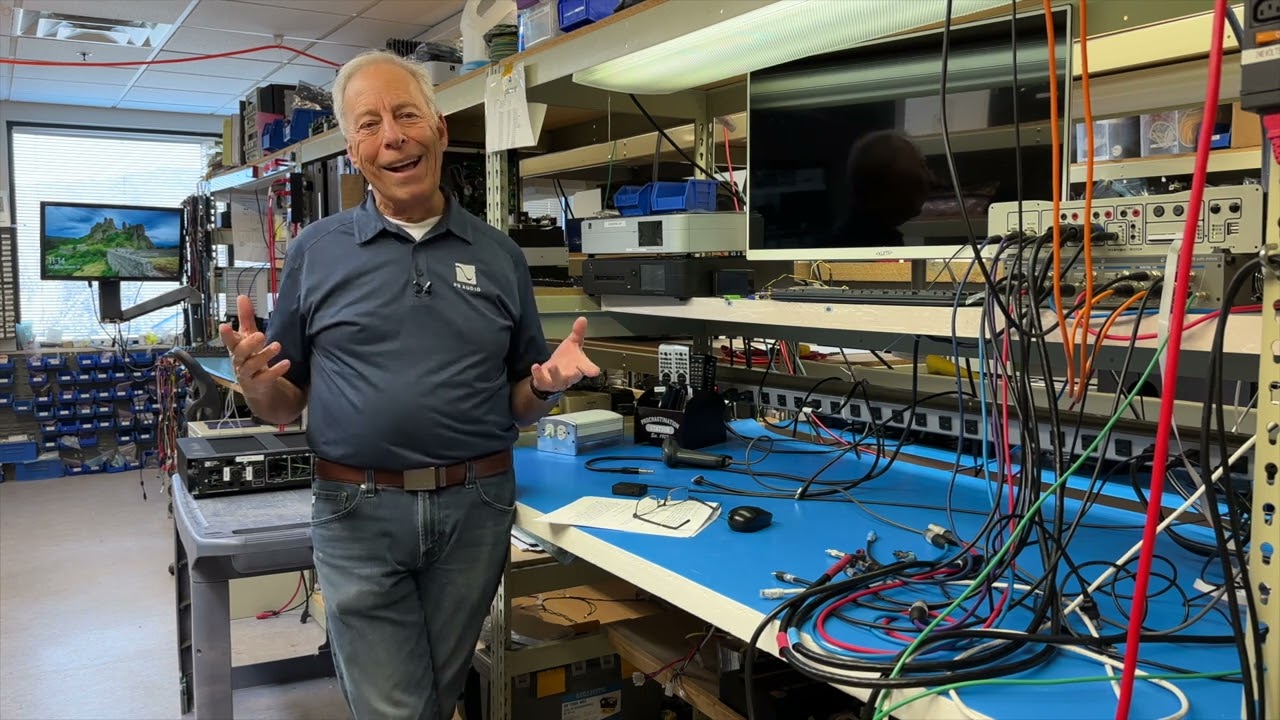I am standing baffled before a phenomenon for which I can’t really find an explanation. I have been a Volumio Premium subscriber for quite a long time, and until now, I had been using Volumio not on a Raspberry Pi, but on a Laxton MiniPC. I was completely satisfied with the system’s quality, and although I had a few problems, I always received help for them, for which I thank you here as well.
A few years ago, I tried installing Volumio on a 2005 Mac Mini. It was successful, but it came with many problems: it couldn’t see the Wi-Fi, there were shutdown and startup issues, etc. So, I returned to the Laxton MiniPC, which was connected to an SMSL Sanskrit MKII DAC, and it sounded excellent. The Mac Mini ended up functioning as an internet radio in the garage. Updates were turned off on it, so I occasionally brought it into the house to update.
Meanwhile, the SMSL Sanskrit was replaced with an SMSL S1 DAC, which caused no problems whatsoever for Volumio.
However, two days ago, I brought the Mac in to update it. For this, I disconnected the Laxton, and the Mini took its place. When it started playing after the update, I was astonished. The Laxton also sounded beautiful. But what this ancient Mac produced… well, it left me speechless. It was as if I had replaced everything with a better system. With the Mac, the soundstage opened up, it gained depth; the music wasn’t just coming from the speakers, but also from around them! Musical details emerged that I hadn’t really heard before. My wife even put down her newspaper and asked in surprise: “What did you do? This sounds somehow different, it’s a more beautiful sound.”
I started interrogating the Volumio system hiding in the Mac, and a series of surprises hit me: For example, that little white remote control works with it; it shuts down and starts up properly, something it only used to do if I unplugged the power cord from the socket. The previously lame Wi-Fi also works now. However, the previously working analog output has disappeared; it can’t be found. And there was an annoying bug too: the fan was running at full speed. I fixed this by opening the Mini and cutting power to the cooler. I checked, and the CPU didn’t heat up beyond 40°C.
I quickly reconnected the Laxton and listened to the same albums I had listened to before. Yes, I heard correctly: the music had retreated back into the speakers and became somewhat boring; that intangible, different, better, more beautiful sound was gone. My wife even said: “Put the other one back, but make sure to clean the dust off it properly first.”
Now I’m sitting here, wondering what causes this magic. Is it the more powerful Core 2 Duo 2GHz processor? The 4GB of RAM? Or perhaps the better state of the USB port’s clock? Because in the Laxton, only a 1.6 GHz Celeron processor and 2GB of RAM were working. Both machines connect to the internet via a Gigabit LAN cable, and the Volumio settings are exactly the same on both machines.
So, what is the reason for this dramatic improvement in sound quality? Can anyone pin this down, put a finger on the exact cause?
But guys, all my recognition and praise for your work. This Volumio is a gem. Oh, and one more thing: the built-in CD drive works too!
